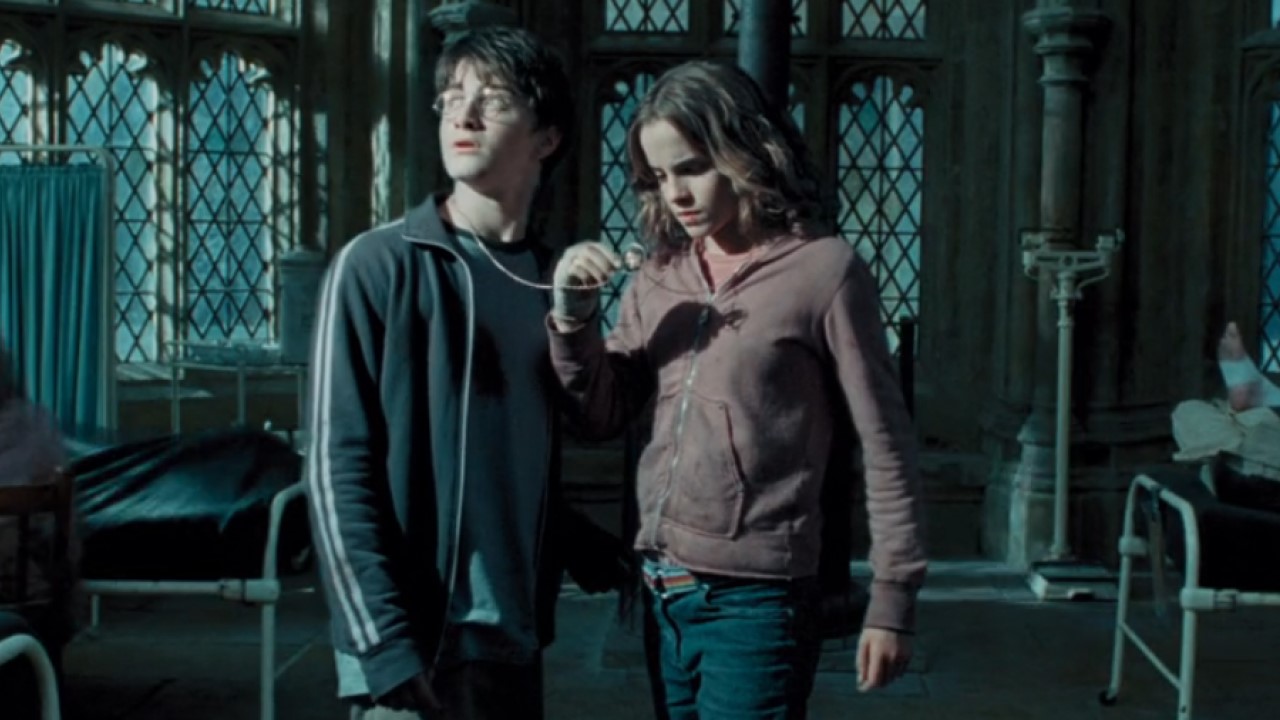Why Academy Award Winners Can't Sell Their Oscars

The Academy Awards are a night of prestige and honor that Hollywood takes very seriously. How seriously, you may ask? Well, in addition to being considered the guardians of quality in film, they have some extremely strict bylaws and guidelines for the entire process. Everything from nominations to what you can do with your Oscar once you've won is governed by their ruling hand. If anyone needed a reminder of The Academy's power, they've certainly got one in a recent court ruling involving the coveted statuette itself.
The Guardian reported on the legal battle between the Academy and the family of previous honoree Joseph Wright. Wright won the Oscar for best color art direction, earned through his work in "My Gal Sal" in 1942, and his nephew auctioned the statue off for a cool sum of $79,200 to buyer Nate D. Sanders. The sale was challenged by the Academy Of Motion Pictures Arts and Sciences, and this week's ruling claims that the sale was a violation of the Academy's bylaws involving the sale of Oscar statues.
As the bylaws have stated since 1951, any Academy Award statues must be offered back to the Academy at the going rate of $10 before going onto the open public market. While Wright won his Oscar in 1942, he was a member of the Academy from 1933 to 1983, thereby held to all applicable Academy regulations during the time that he retained his membership. The coup d' grace of the Academy's case is a legal concept known as "equitable servitude," which covers the angle of Wright's nephew being the seller, as the legal precedent states, "Original parties must have intended to bind successors," once they enter an agreement.
It's easy to see both sides of the argument involving the sale of Oscar statues. On one hand, the Academy wants to keep a tight hold on their copyright of the statue's design and prestige. Considering the market for fake Oscar statues, a more realistic Oscar would make everyone from prop builders to even possible thieves excited at the chance to have something that looks so close to the real thing you'd mistake it as genuine. This would cause headaches for the Academy, as well as any winners past and future. After all, if someone could steal a dress at last year's after party, they could easily steal a genuine Oscar and replace it with a very convincing lookalike if they really wanted to.
However, bylaws aside, the Oscar statues are technically considered the property of the winner. It was their hard work that earned them the award in the first place, and once that item transfers to the winner it should be considered theirs in perpetuity. Or, at the very least, the Academy should be offering a much more competitive sum than $10 to buy back their trophy. Considering a 2013 estimate, based on Gold prices at the time, valued the 24 karat statue at $900, one would think that they could afford a better going rate for buying back their statues if they can afford to spend that much on them in the first place. So a note to future Academy Award winners: when you're up on the stage celebrating your win on February 26, 2016; remember that you still need to choose your projects extremely carefully.
CINEMABLEND NEWSLETTER
Your Daily Blend of Entertainment News

Mike Reyes is the Senior Movie Contributor at CinemaBlend, though that title’s more of a guideline really. Passionate about entertainment since grade school, the movies have always held a special place in his life, which explains his current occupation. Mike graduated from Drew University with a Bachelor’s Degree in Political Science, but swore off of running for public office a long time ago. Mike's expertise ranges from James Bond to everything Alita, making for a brilliantly eclectic resume. He fights for the user.









